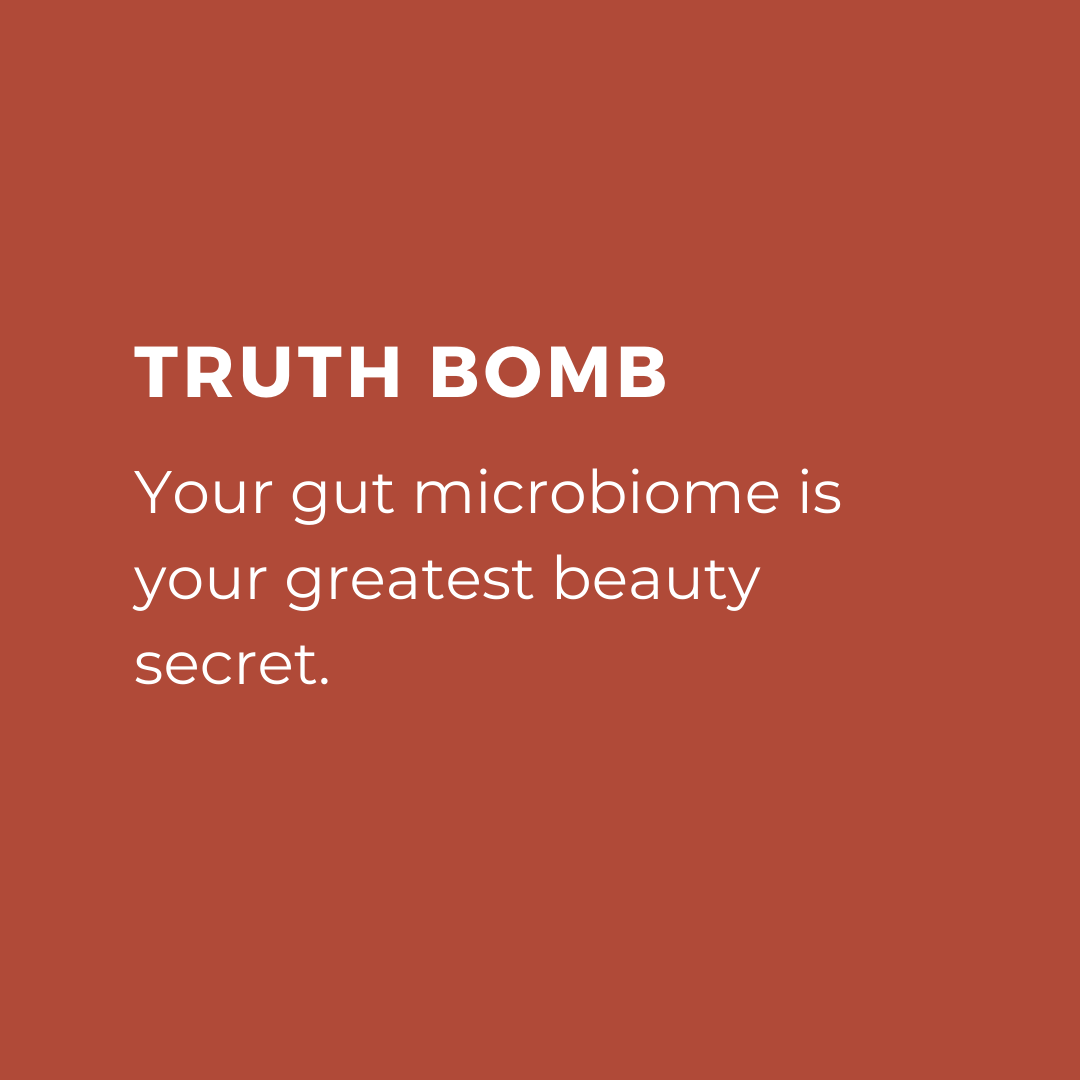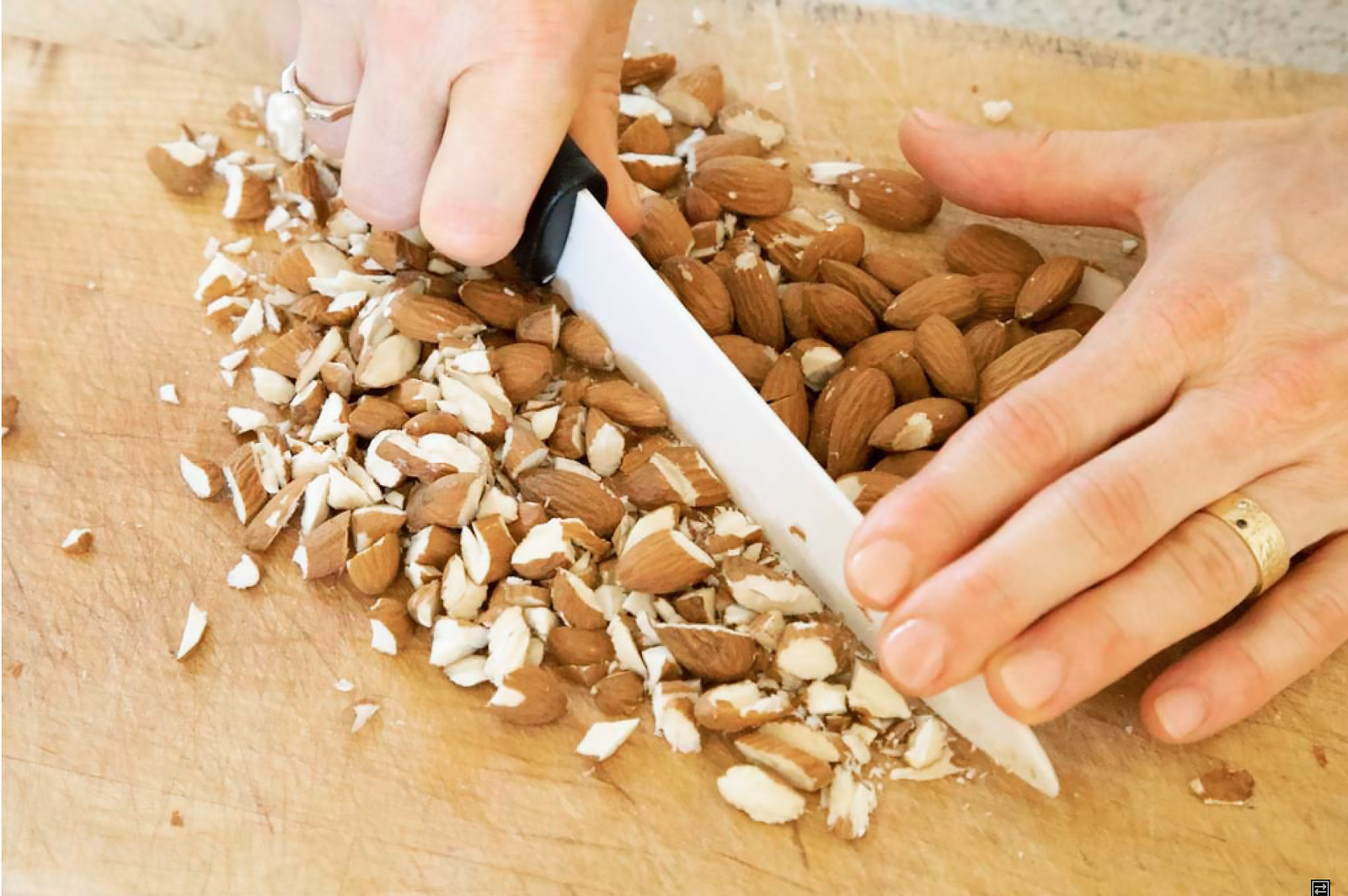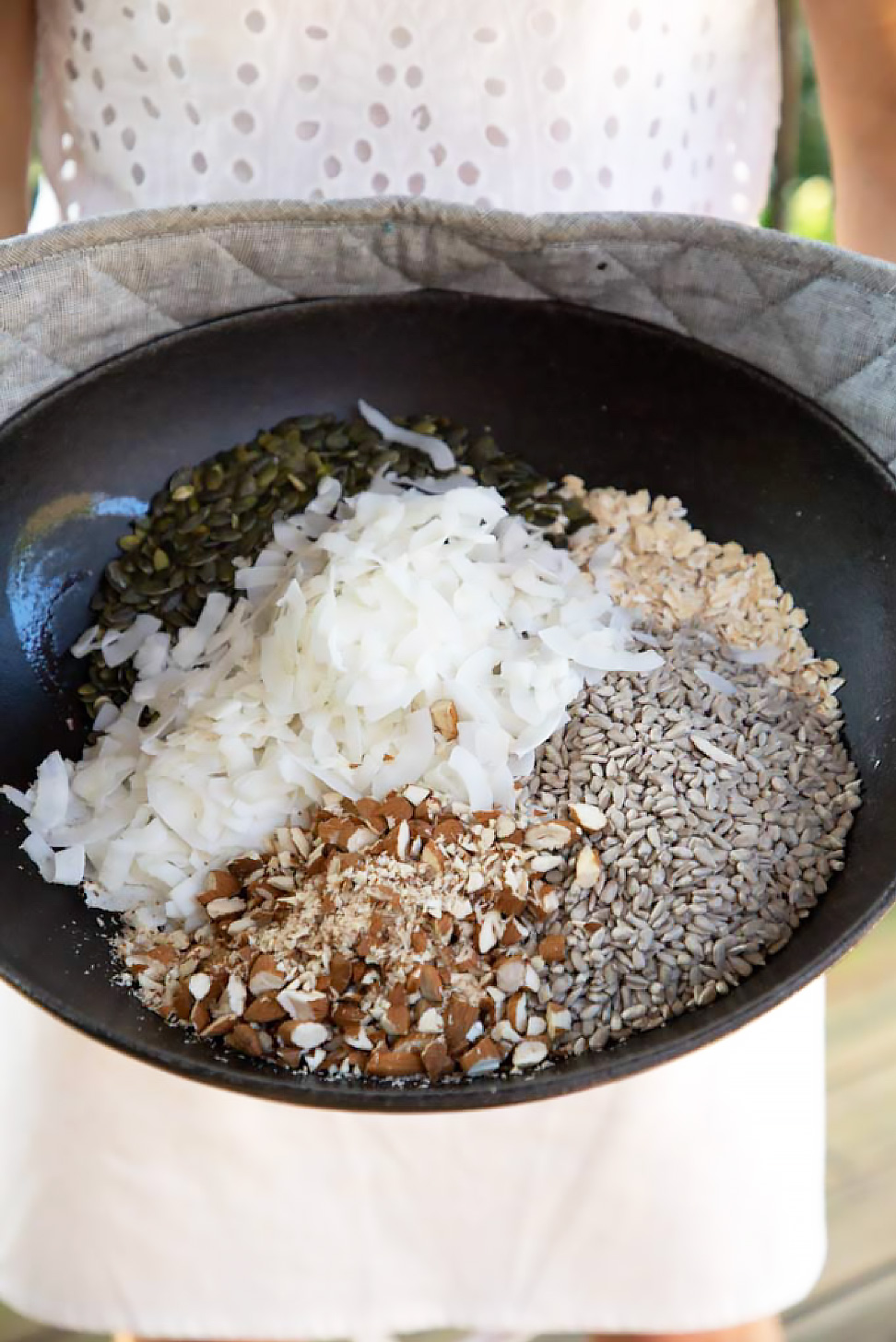In today's fitness-conscious world, it's not uncommon for many of us to focus heavily on muscle-building diets, often relying heavily on lean meats. While this approach can provide essential nutrients and support muscle growth, it's crucial to strike a balance to ensure overall health and well-being. One way to achieve this equilibrium is by incorporating collagen into your diet. In this post, we'll explore how collagen can complement a high muscle meat intake and help you achieve a more balanced and holistic approach to nutrition.
Understanding Collagen: Collagen is the most abundant protein in our bodies, playing a crucial role in the health of our skin, hair, nails, joints, and connective tissues. It's often referred to as the "glue" that holds our body together.
Enhancing Joint Health:
While muscle meat is rich in protein, it lacks certain amino acids like glycine and proline, which are abundant in collagen. These amino acids play a vital role in maintaining and repairing joint tissues.
Collagen can help reduce joint pain and stiffness, making it an excellent addition for individuals with active lifestyles or those engaged in regular exercise.
Promoting Gut Health:
Excessive consumption of muscle meat can sometimes lead to an imbalance in amino acids, particularly methionine. Collagen, on the other hand, is low in methionine and high in glycine, which helps to balance out your amino acid profile.
The glycine in collagen supports the production of stomach acid, aiding in digestion and reducing the risk of digestive issues.
Improving Skin Elasticity:
Collagen is known for its skin-boosting properties. It helps maintain skin elasticity, hydration, and firmness, providing a youthful appearance.
A diet rich in muscle meat alone may not provide the necessary nutrients for optimal skin health. Collagen supplementation can fill this gap.
Strengthening Hair and Nails:
Collagen is essential for the health of hair and nails, promoting strength and preventing brittleness.
A balanced intake of both muscle meat and collagen can lead to stronger, healthier hair and nails.
Supporting Bone Density:
Collagen contains essential nutrients like calcium, magnesium, and phosphorus, which are vital for maintaining healthy bones.
Balancing muscle meat with collagen can provide a comprehensive approach to skeletal health.
Incorporating Collagen into Your Diet: There are several ways to introduce collagen into your diet:
Collagen Supplements: Collagen supplements are available in various forms, including powders, capsules, and liquids. They can be easily added to smoothies, beverages, or even recipes.
Bone Broth: A natural source of collagen, bone broth can be consumed as a warm beverage or used as a base for soups and stews.
Collagen-Rich Foods: Certain foods like chicken skin, fish skin, and connective tissue in cuts of meat can also be good natural sources of collagen.
While a high muscle meat intake can be an essential component of a balanced diet, incorporating collagen can provide a range of benefits that support overall health. By striking a harmonious balance between these two elements, you can ensure that your body receives a comprehensive array of nutrients, promoting optimal well-being in the long run. Remember, moderation and diversity in your diet are key to achieving a healthy and thriving body.
Reference:
Clark, K. L., Sebastianelli, W., Flechsenhar, K. R., Aukermann, D. F., Meza, F., Millard, R. L., ... & Albert, A. (2008). 24-Week study on the use of collagen hydrolysate as a dietary supplement in athletes with activity-related joint pain. Current Medical Research and Opinion, 24(5), 1485-1496.
Asserin, J., Lati, E., Shioya, T., & Prawitt, J. (2015). The effect of oral collagen peptide supplementation on skin moisture and the dermal collagen network: evidence from an ex vivo model and randomized, placebo-controlled clinical trials. Journal of Cosmetic Dermatology, 14(4), 291-301.
Carr, A. C., & Maggini, S. (2017). Vitamin C and immune function. Nutrients, 9(11), 1211.
















































